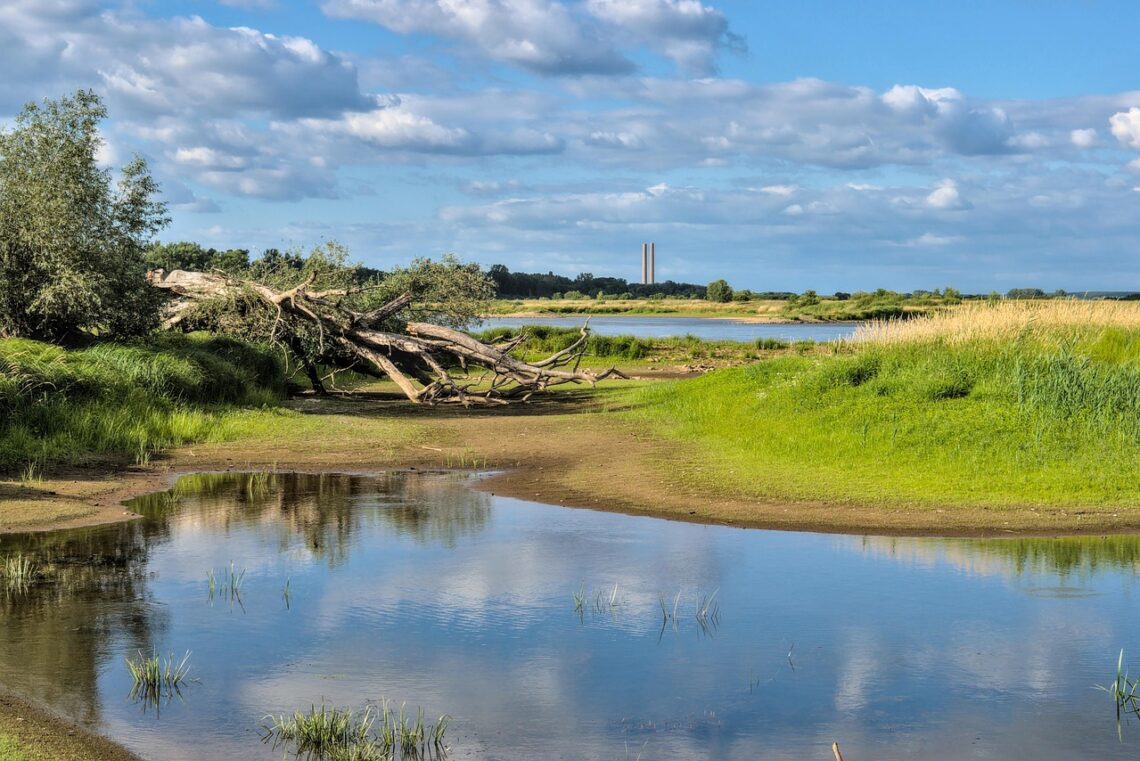Global Warming Mitigation Strategies: A Comprehensive Overview
Introduction to Global Warming Mitigation
As the planet faces unprecedented changes due to global warming, the need for effective mitigation strategies has never been more urgent. Global warming, primarily caused by excess greenhouse gases like carbon dioxide, methane, and nitrous oxide, leads to severe climate disruptions. This challenge requires robust responses that both mitigate the sources of emissions and adapt to unavoidable climate impacts. Through informed, strategic actions, we can curb the negative effects of climate change and foster a sustainable future.
Reducing Carbon Footprint at the Source
Transition to Renewable Energy
One of the primary global warming mitigation strategies involves transitioning from fossil fuels to renewable energy sources. Solar, wind, hydroelectric, and bioenergy not only offer unlimited energy but also significantly reduce environmental impact. Countries are increasingly investing in renewable energy technologies to decrease reliance on oil, coal, and natural gas, which are major contributors to greenhouse gas emissions.
Enhancing Energy Efficiency
Improving energy efficiency in buildings, industries, and transportation can dramatically cut emissions. Initiatives like better insulation, energy-efficient lighting, and advanced vehicle technologies reduce the amount of energy we consume, contributing to significant reductions in our carbon footprint.
Elevating the Role of Forests
Reforestation and Afforestation
Forests act as carbon sinks; thus, planting new forests (afforestation) and restoring existing ones (reforestation) are vital for carbon sequestration. These practices not only capture CO2 but also enhance biodiversity, improve air quality, and stabilize local climates.
Sustainable Land Management
Promoting sustainable agricultural practices can minimize land degradation and deforestation. Techniques such as conservation tillage, organic farming, and controlled grazing preserve soil health and reduce CO2 emissions, while also enhancing food security.
Promoting a Circular Economy
Waste Reduction and Recycling
Adopting a circular economy model emphasizes the reuse and recycling of materials, significantly reducing waste and greenhouse gas emissions from production processes. Composting organic waste and recycling plastics, metals, and other materials can conserve natural resources and energy.
Innovation in Manufacturing
Technological advancements in manufacturing can lead to cleaner production methods that emit fewer greenhouse gases. Additionally, designing products for longevity and reparability can minimize waste and resource consumption over time.
Advancing Government Policies and International Cooperation
Implementing Carbon Pricing
Carbon pricing, either through carbon taxes or cap-and-trade systems, incentivizes companies to reduce emissions. By assigning a financial cost to emitting carbon, these policies encourage innovations in clean technology and operational improvements.
Strengthening International Agreements
Global warming is a global issue that requires collective action. Strengthening international agreements like the Paris Agreement, and ensuring countries meet their commitments, is crucial for coordinated climate action. International cooperation facilitates shared resources, knowledge, and strategies, making global warming mitigation more effective worldwide.
Public Engagement and Education
Community-Led Initiatives
Empowering local communities to participate in climate action can lead to significant environmental benefits. Community projects like local clean-up drives, green planting days, and educational workshops raise awareness and foster a proactive attitude towards global warming mitigation.
Enhancing Climate Education
Educating the public about the impacts of global warming and the importance of mitigation efforts helps cultivate a knowledgeable populace that supports and participates in sustainability initiatives. Schools, universities, and media play key roles in disseminating information and encouraging public participation.
Common Questions About Global Warming Mitigation
What Can Individuals Do to Help?
Individuals can make a substantial impact by reducing their carbon footprint. Simple actions like using public transportation, reducing meat consumption, recycling, and supporting renewable energy initiatives are effective ways to contribute to global warming mitigation.
Are Global Efforts Sufficient?
While many countries are taking bold steps to combat climate change, the current global efforts are not yet sufficient to meet the international targets set for temperature rise. Continuous assessment and ramping up of efforts are necessary to avoid the most catastrophic impacts of global warming.
How Does Mitigation Differ from Adaptation?
Mitigation involves strategies aimed at reducing greenhouse gas emissions and enhancing carbon sinks to address the root causes of global warming. Adaptation, on the other hand, refers to adjustments in ecological, social, or economic systems in response to actual or expected climatic impacts, focusing on reducing vulnerability.
Conclusion
Mitigating global warming is imperative to securing a stable, healthy future for subsequent generations. By employing a combination of renewable energy adoption, sustainable practices, governmental policies, and public participation, we can tackle this immense challenge. Continuous global cooperation and persistent, widespread action are key to making substantial progress in fighting global warming.
Addressing global warming requires sustained efforts and dedication not just from governments and corporations, but from every individual. Together, we can pave the way towards a cooler, cleaner planet that thrives both ecologically and economically. This comprehensive guide to global warming mitigation strategies offers a path forward, ensuring readers are well-informed and motivated to participate in this crucial endeavour.






